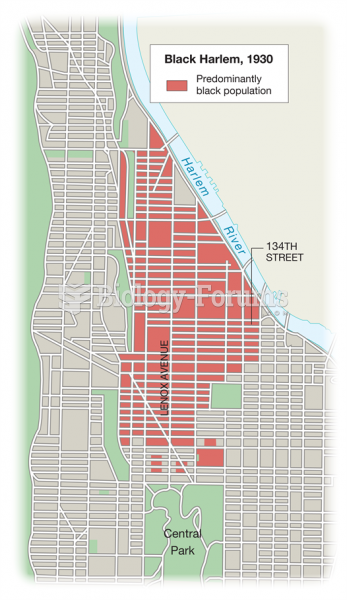|
|
|
Cucumber slices relieve headaches by tightening blood vessels, reducing blood flow to the area, and relieving pressure.
On average, the stomach produces 2 L of hydrochloric acid per day.
According to the National Institute of Environmental Health Sciences, lung disease is the third leading killer in the United States, responsible for one in seven deaths. It is the leading cause of death among infants under the age of one year.
Eating food that has been cooked with poppy seeds may cause you to fail a drug screening test, because the seeds contain enough opiate alkaloids to register as a positive.
Since 1988, the CDC has reported a 99% reduction in bacterial meningitis caused by Haemophilus influenzae, due to the introduction of the vaccine against it.
 Decorative white silk crosses are an ingenious tactic used by orb-weaving spiders to protect their w
Decorative white silk crosses are an ingenious tactic used by orb-weaving spiders to protect their w
 Is the self the same as the brain? Materialists contend that in the final analysis, mental states ...
Is the self the same as the brain? Materialists contend that in the final analysis, mental states ...
 How the Wernicke-Geschwind model works in a person who is responding to a heard question and reading ...
How the Wernicke-Geschwind model works in a person who is responding to a heard question and reading ...




